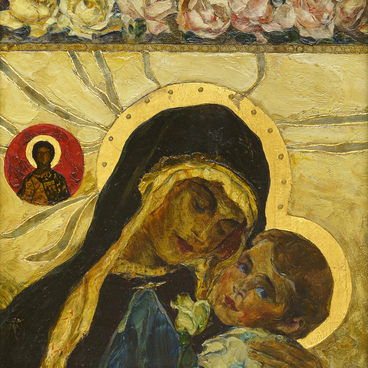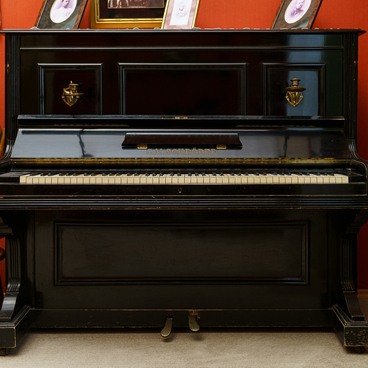A canapé is a type of small sofa for seating with high legs and a curved backrest. The term has an ancient origin: even in Ancient Greece, beds with a mosquito net were referred to as “konopeion” and in Ancient Rome — “conopeum”. The use of this word in Russian was first recorded in Russian in 1764.
Initially, canapés combined two elements — a medieval wooden bench and an upholstered armchair. The first examples of such pieces of furniture emerged in France in the 17th century, often resembling several chairs pushed together. They were primarily designed for seating, rather than relaxation, and were characterized by elegant shapes and delicate wooden carvings. Made from expensive woods, canapés were typically used in luxurious interiors of noble palaces.
There are several types of a canapé: confidante, méridienne, tête-à-tête and causette. The confidante is a two-seater couch designed for private conversations. The méridienne is a large chair, similar to a sofa, with a low footrest and a curved sloping backrest that runs along the length of the piece. The tête-à-tête is a curved sofa for two persons, who are brought face to face while sitting on different sides of the sofa. The causette is a smaller sofa for two people, typically consisting of two armchairs connected with a small round or oval insert in the center of the backrest.
Canapés, in all their various shapes, became popular in the 19th century, and their cost gradually decreased due to the use of lower-quality materials. Nonetheless, the overall design and shape of this sofa remained largely unchanged.
The aforementioned features can be seen in the design of the canapé on display at the Rybinsk Museum. It is made of inexpensive wood and is painted black. The construction of the piece makes extensive use of turning techniques and features eclectic carved elements. These characteristics are typical of less expensive furniture that can be classified as belonging to the style of historicism. In particular, some of the decorative elements on the sofa are reminiscent of the style of Louis XVI.








